Nytt was born out of the vision of Sture Wikman, a veteran with decades of experience in the manufacturing industry. Over the years, Sture witnessed the evolution of the industry and observed manufacturers facing the challenge to constantly produce more using less. Realizing the untapped potential of data to revolutionize production processes, Sture embarked on a mission to create a solution.
This led to the creation of the Nytt System – a powerful tool designed to leverage real-time data and transform manufacturing efficiency.
Our mission is to boost productivity and efficiency in manufacturing, for the sake of each business, the industry and the environment. We believe that the key to progress lies in significantly reducing downtime and waste. By aggregating real-time data from multiple sources, analyzing it in a streamlined manner and enhancing it with AI, you can better understand your operations and improve your decision-making processes.
We are proud that the Nytt System is a result of decades of practical experience combined with theoretical knowledge from academia. Our objective is to continue.


Sture Wikman
45+ years of experience

Praveen Natarajan
5+ years experience
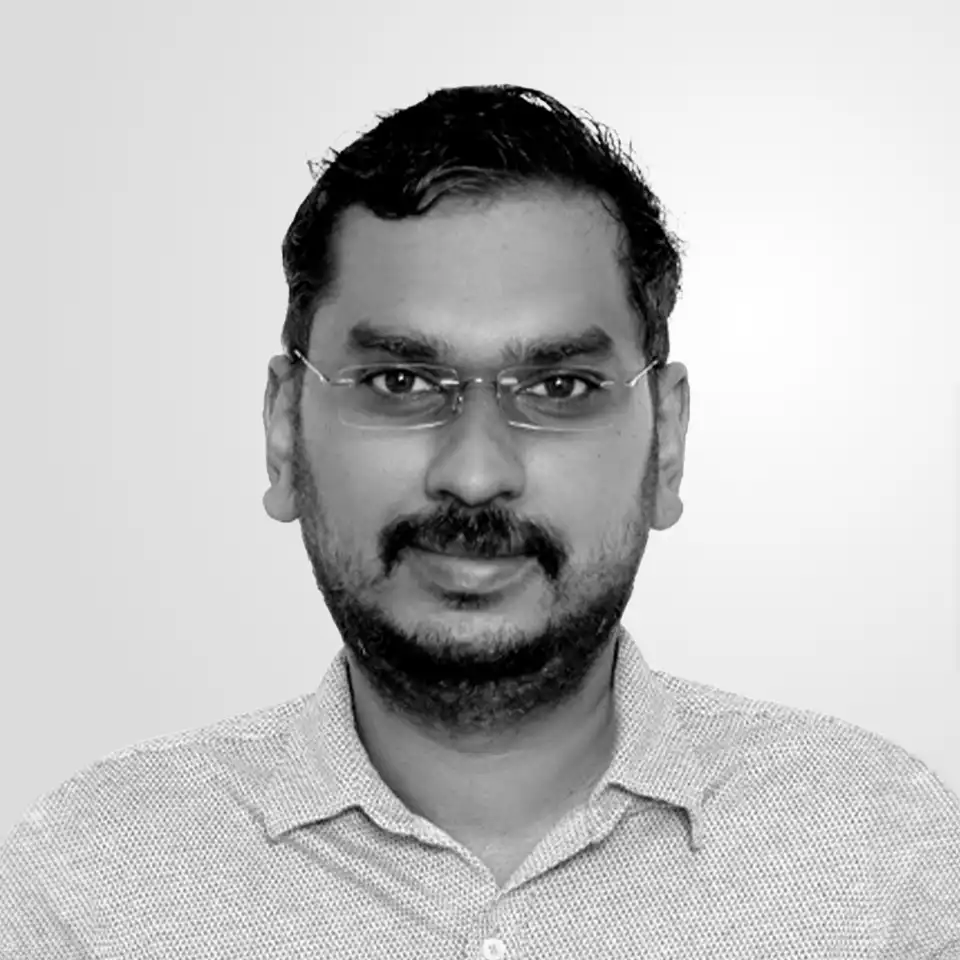
Praveen Palaniswamy
15+ years experience

Jeannie Lendeng
1+ years experience

Praveen Palaniswamy
15+ years experience

Dileep PK
12+ years experience

Akib Saiyad
1+ years experience
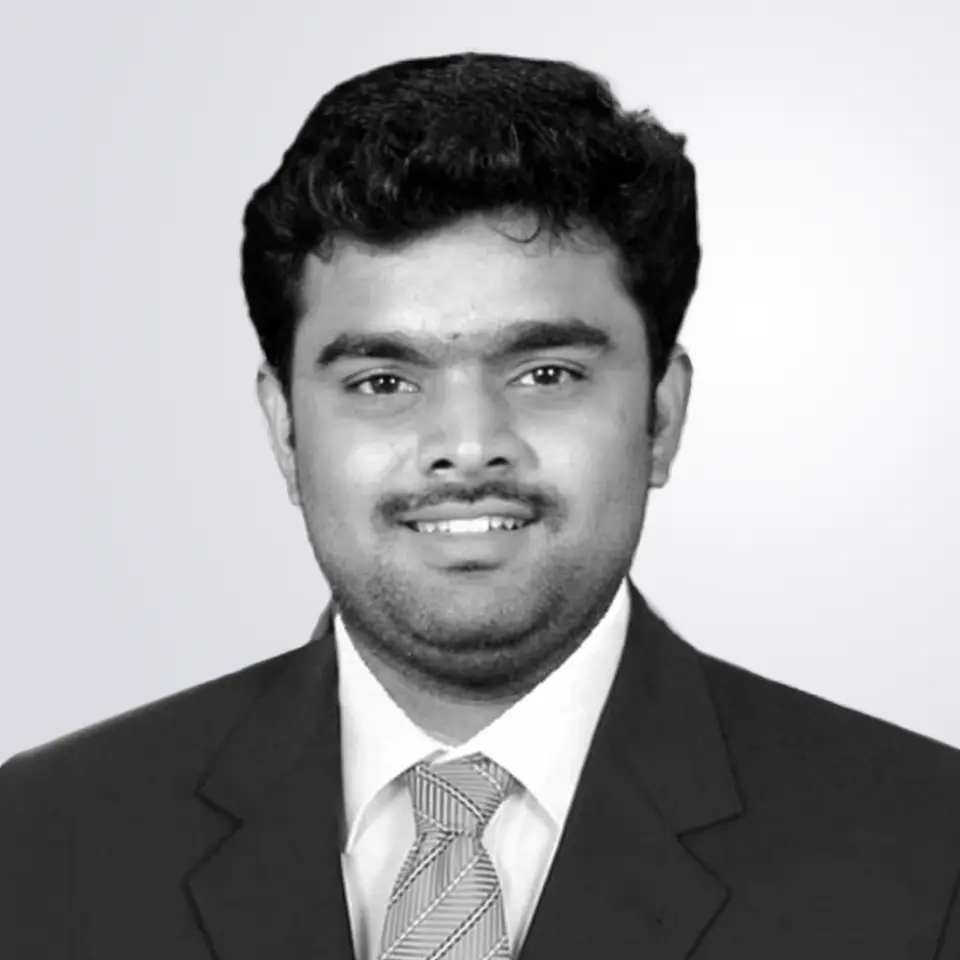
Sreekumar Narayan
20+ years experience

Dileep PK
12+ years experience

Vignesh S
1+ years experience
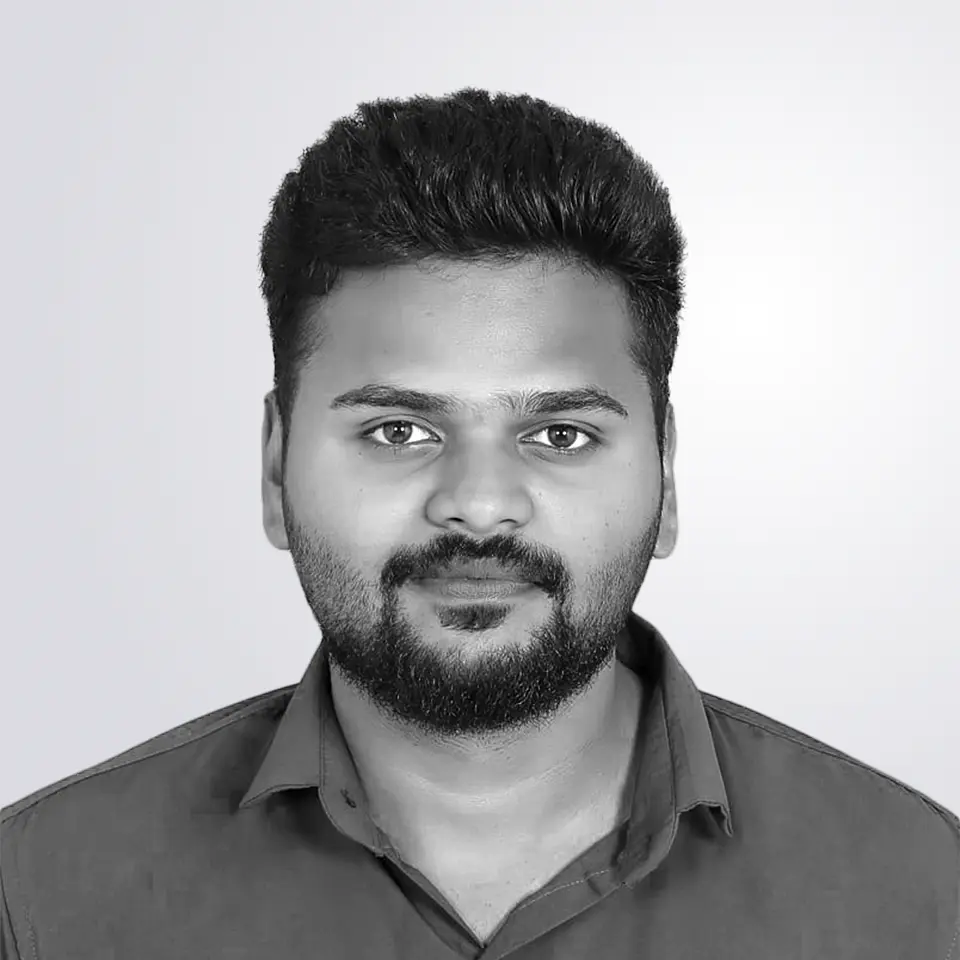
Arun Asok
2+ years experience
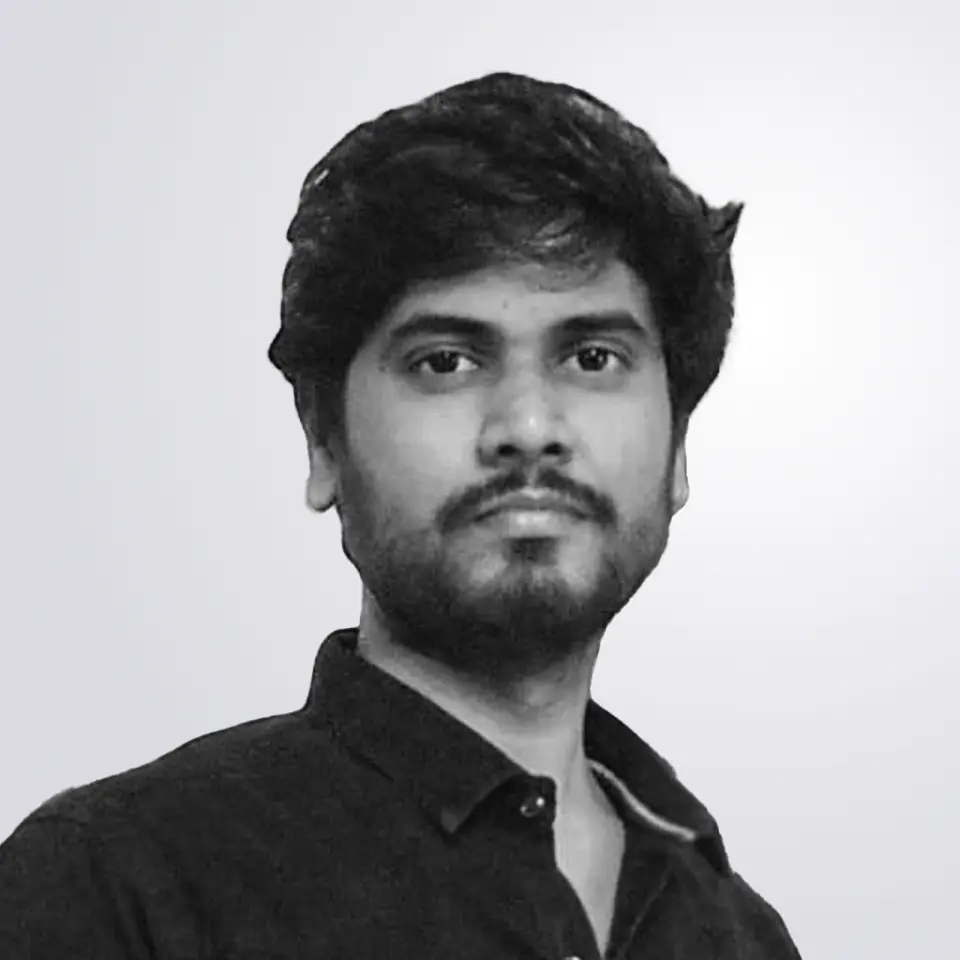
Manikandan B
5+ years experience

Jeannie Lendeng
1+ years experience

Mohaimin Abdul Kader
1+ years experience
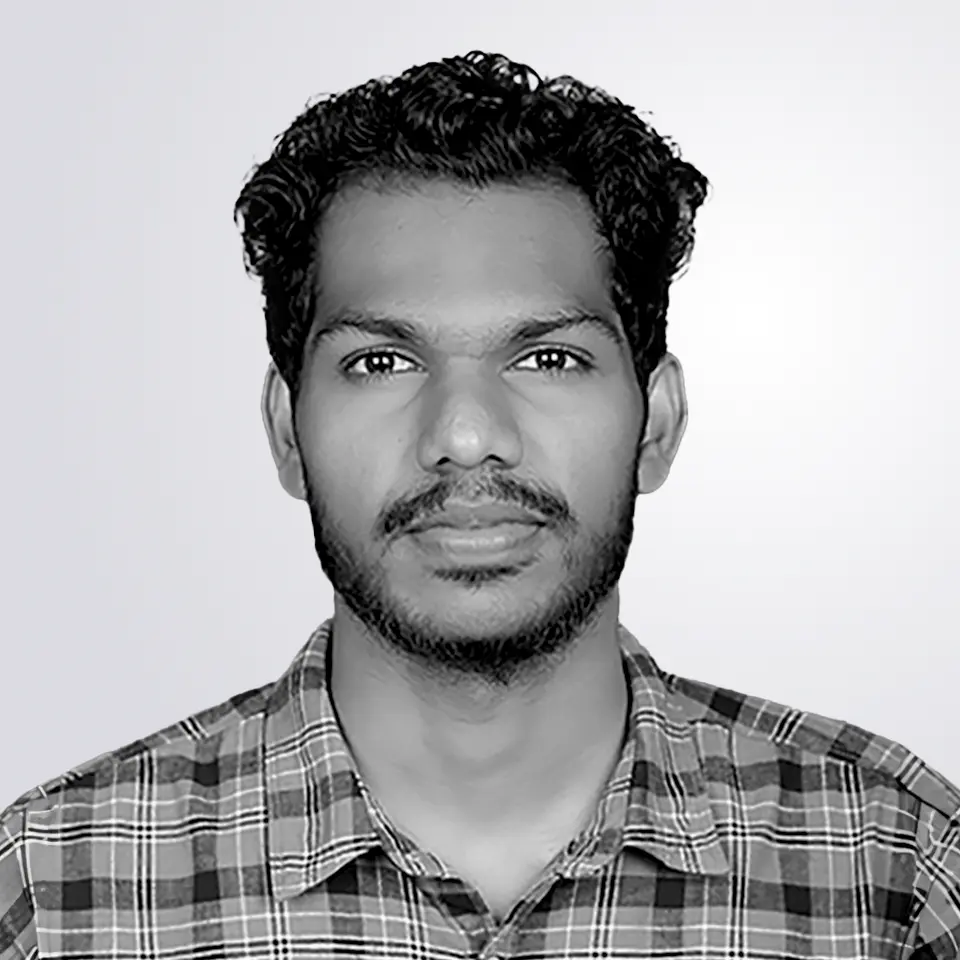
Ajil K
1+ years experience

Thomas Lundholm

Puneet Maloo
15+ years experience